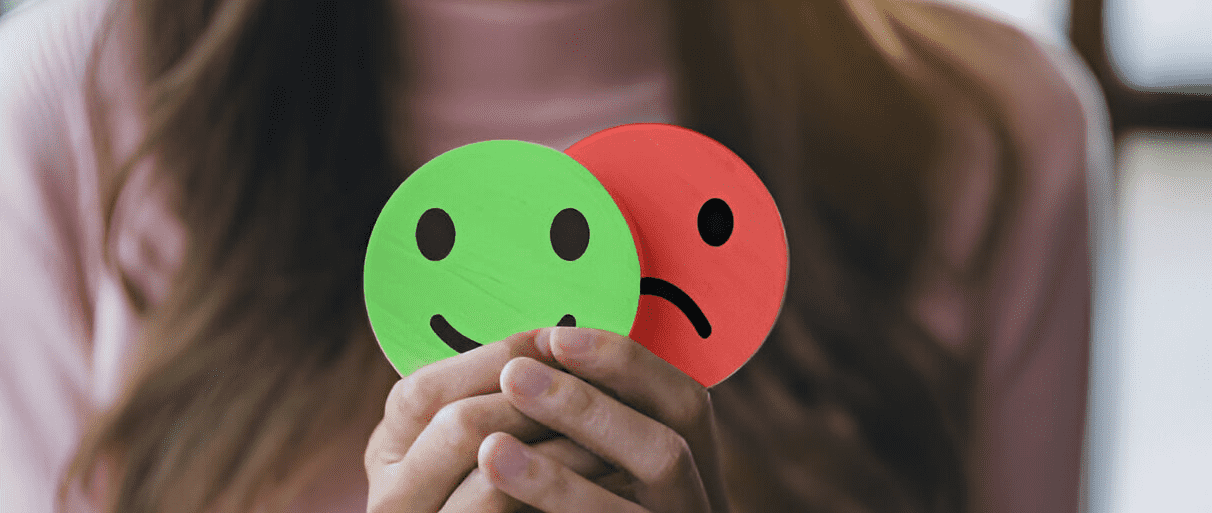New OTC Hearing Aid is Not as Comfortable as the Old One. Did I Buy the Wrong One?

New OTC Hearing Aid is Not as Comfortable as the Old One. Did I Buy the Wrong One?
- Amy
- self-fitting hearing aids, otc hearing aids, bluetooth hearing aids, affordable hearing aids, professional hearing aids, tws hearing aids
In recent years, the technology of over-the-counter hearing aids has been changing with each passing day, and the functions have become more and more powerful, but many people with mild to moderate hearing loss have reported that the new hearing aids are not as comfortable as the old ones. So, why is this? Is the new Bluetooth hearing aid we bought not as good as the old expensive hearing aid? Let's take a look!
1. Adaptation period and learning curve:
Discomfort caused by technology upgrades: New and advanced hearing aids are usually equipped with more advanced noise reduction, directional microphones and other technologies. These technologies will make the hearing-impaired feel that the sound is too clear or even harsh in the early stage of wearing. The brain needs time to adapt to this "new" sound environment. It's like wearing new glasses. It will feel uncomfortable at first and it takes some time to adapt.
Even if hearing aids of the same brand, the same model, and different batches are produced, their acoustic characteristics will have subtle differences, so it takes time to adapt to the sound quality characteristics of the new hearing aids.

Choosing suitable hearing aid is only the first step to protect the remaining hearing and improve hearing loss. The subsequent debugging of the hearing aid is equally important. Hearingsense1 self-fitting hearing aids provide accurate hearing tests. You can perform hearing tests at any time and adjust the frequency automatically or manually according to the results. You do not need to choose offline adaptation, saving time, money and energy.
Increased operational complexity: Portable hearing aids have more functions. Old hearing aids have fewer functions, simple operation, easier to use, and easier to build confidence in use.
2. Size, wearing and feedback:
Ear mold customization and comfort: After long-term wearing, old hearing aids have perfectly fit the shape of the ear canal, and the comfort is naturally higher.
The customization process of the earplugs of new self-fitting hearing aids may have deviations, resulting in uncomfortable wearing, for example: the earplugs are too small or too large, causing a sense of pressure or the risk of falling off. Hearingsense1 professional over-the-counter hearing aids are equipped with three earplugs to choose from.
Tinnitus and feedback whistling: Although the feedback control system of the new rechargeable hearing aid is intended to reduce whistling, it may not be completely avoided in some cases, especially in the case of improper wearing, which is more likely to cause whistling and discomfort. However, because the old hearing aids have been worn for a long time, users have found the best way to wear them to avoid howling.

3. Psychological factors and expectation deviation:
Psychological expectations and actual experience: Users have high expectations for new affordable hearing aids, hoping that they can completely solve hearing problems. But in actual experience, it may be found that the new hearing aids do not achieve the expected results, and even some discomfort occurs, which leads to psychological gaps and affects the perception of comfort.
Emotional dependence brought by old hearing aids: The old hearing aids have accompanied users for a period of time, and users have developed an emotional dependence on them. Even if the old hearing aids are backward in function, the familiarity and sense of security they bring are difficult to replace with new self-fitting hearing aids.

In short, new Bluetooth hearing aids are not as comfortable as the old ones. This does not mean that the new technology is not as good as the old technology, but the result of the adaptation process, technical parameter adjustment, wearing method and psychological factors. Through professional guidance and patient adaptation, users can eventually experience the technological progress and better hearing effects brought by new TWS hearing aids.








